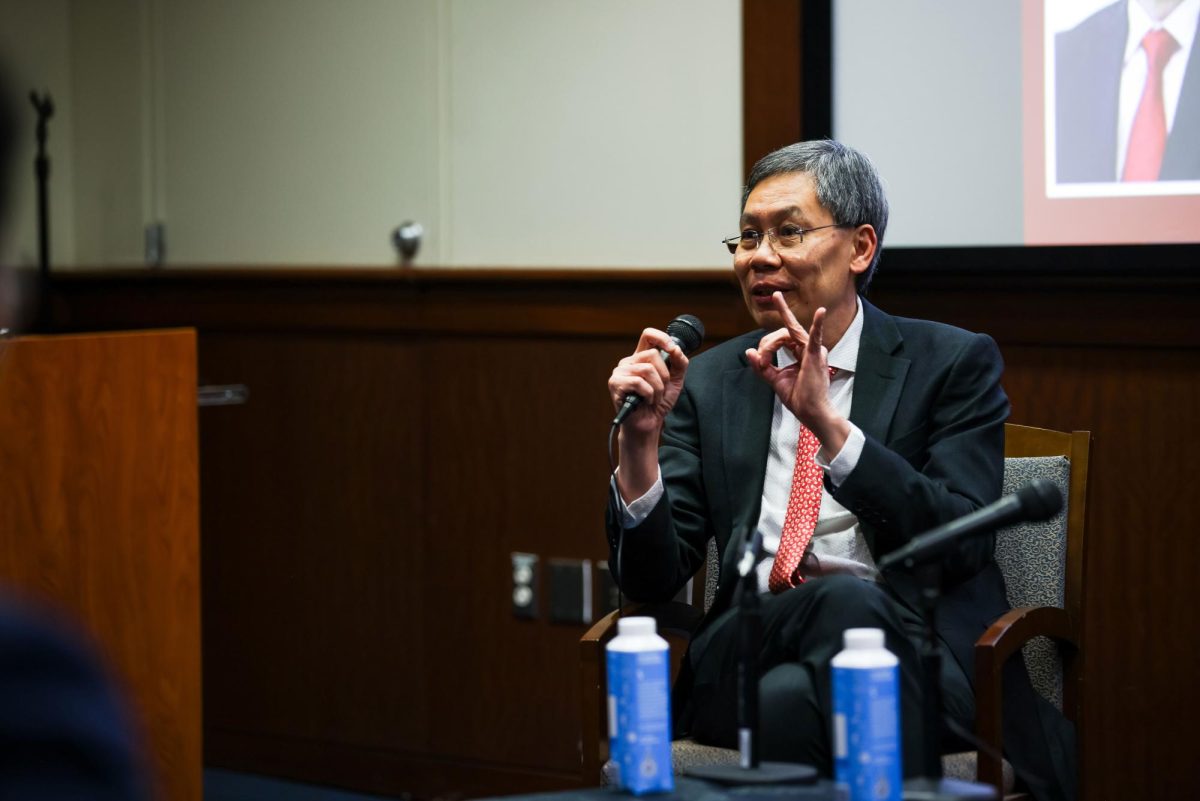The Graduate School of Education and Human Development is partnering with a local school to develop a science and math curriculum for primary schools.
Beginning this fall, GSEHD faculty are working with the Charles E. Smith Jewish Day School in Rockville, Md. to create a science, technology, engineering and mathematics curriculum and to identify teaching methods that could be enhanced with technology. Michael Feuer, dean of GSEHD, said in an email that researchers will document the curriculum’s effectiveness over the course of three years and publish the findings.
“We look forward to seeing how GSEHD’s STEM and curriculum expertise will enhance the teaching and learning experience at CESJDS,” Feuer said. “It is a great opportunity for the CESJDS community of students and teachers, as well as for those of us at GSEHD.”
Feuer said in an email that three faculty members from GSEHD officially began working with the school last month and will continue to work to integrate the new curriculum at the school.
Over the course of the next three years, the day school’s faculty will participate in graduate-level STEM workshops hosted by GSEHD professors, he said.
The STEM curriculum will be integrated across general and Judaic disciplines and will feature professional development opportunities for kindergarten through sixth grade teachers. The curriculum will then be available to other elementary schools across the country.
The project began in the spring, when representatives from the day school contacted GSEHD to ask if faculty would be interested in designing the curriculum, Feuer said.
“With a more integrated, STEM-rich curriculum, students are encouraged to make meaningful connections between STEM subjects, STEM and humanities, school, themselves and the community,” Feuer said.
Rabbi Mitchel Malkus, head of Charles E. Smith Jewish Day School, said an anonymous donor is funding the project. He declined to reveal the amount of the donation.
Malkus said the school was looking to work on curriculum writing and wanted an outside partner to advance the work in a “significant way.” Malkus searched for a partner institution, helped envision the curriculum and come up with the initial principles of the project, he said.
“We were looking to advance our work significantly to a totally different level from what we had been doing,” Malkus said. “We wanted to use next generation science standards as a connective thread or thematic starting point for an integrative curriculum.”
Malkus sought proposals from outside partners and chose GW because of the University’s expertise in education and faculty’s research experience, he said.
“We want to eventually make this available to other schools around the country because we think it will be really unique and at a much higher level than many of the schools are at right now,” Malkus said.
GSEHD faculty are currently observing and getting to know the day school’s teachers, Malkus said.
Bringing together a university’s school of education that trains top educators will improve students’ learning and provide higher education faculty with a unique research opportunity, Malkus said.
“We benefit from the cutting edge thinking and talent that the school of education has to advance our curriculum and significantly advance the teaching and learning as a school and to build capacity in our teachers to be better at their craft,” Malkus said. “From our perspective, it is a win-win.”
He added that the partnership could inspire other higher education institutions to partner with lower level schools for research opportunities.
“Our hope is that this type of partnership idea might be emulated,” Malkus said. “An education training institution partnering more closely with private independent school or just schools in general could be very positive for the field.”








